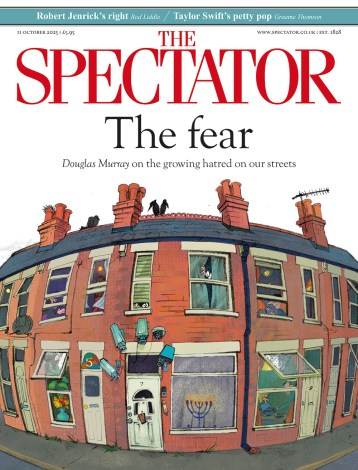The biggest failure of the Tory opposition years
Fantastic, thought-provoking stuff by Matthew Parris in the Times today, as he looks back on the past 12 years of Tory opposition and asks: “Just what did they achieve?” His response is generally unfavourable: that, until more recently, the wilderness years have largely been wasted years. And he highlights the Tories’ inability to take on Labour over their wasteful spending and burgeoning deficit: “But it was on the central domestic question of the era that the Tories’ nerve failed almost fatally. At first new Labour held to the tight spending plans that it inherited from John Major’s outgoing administration. Then the Government let go. The letting go was, in retrospect,



